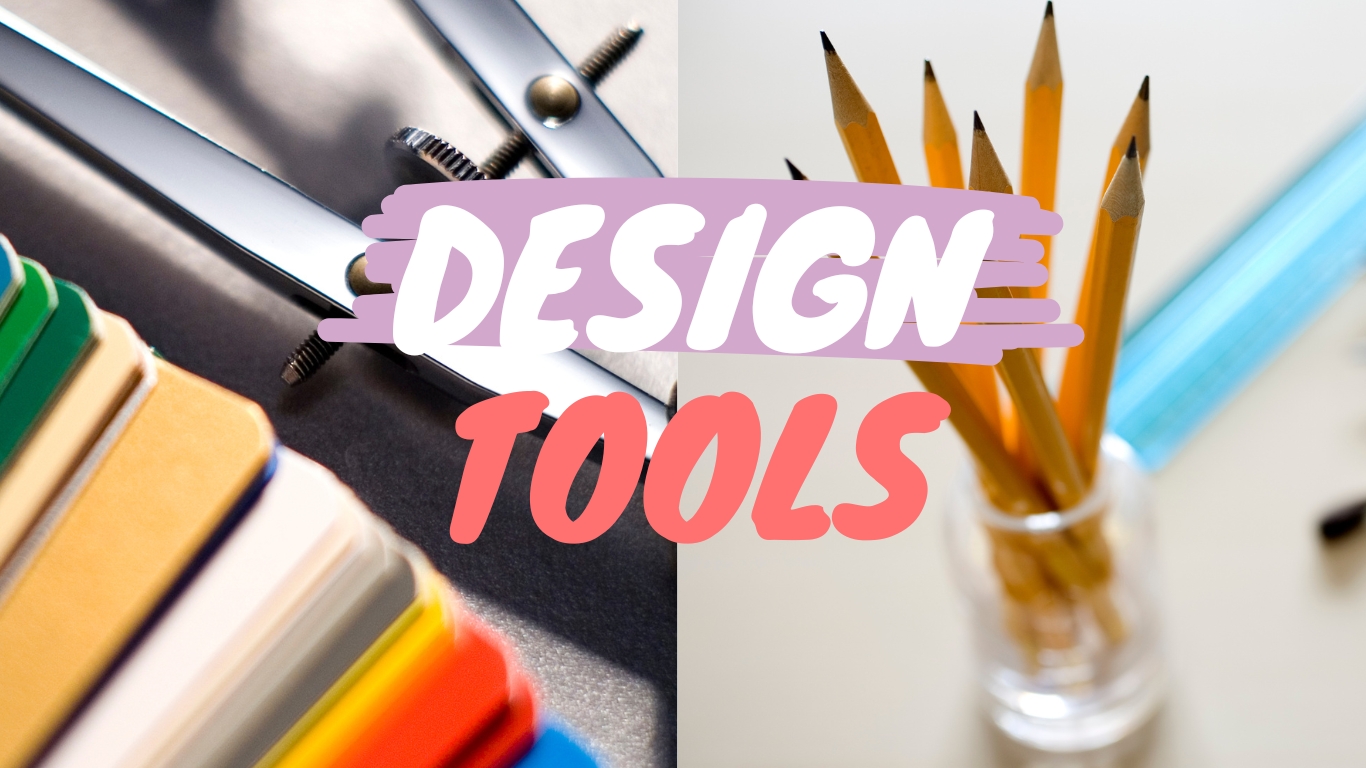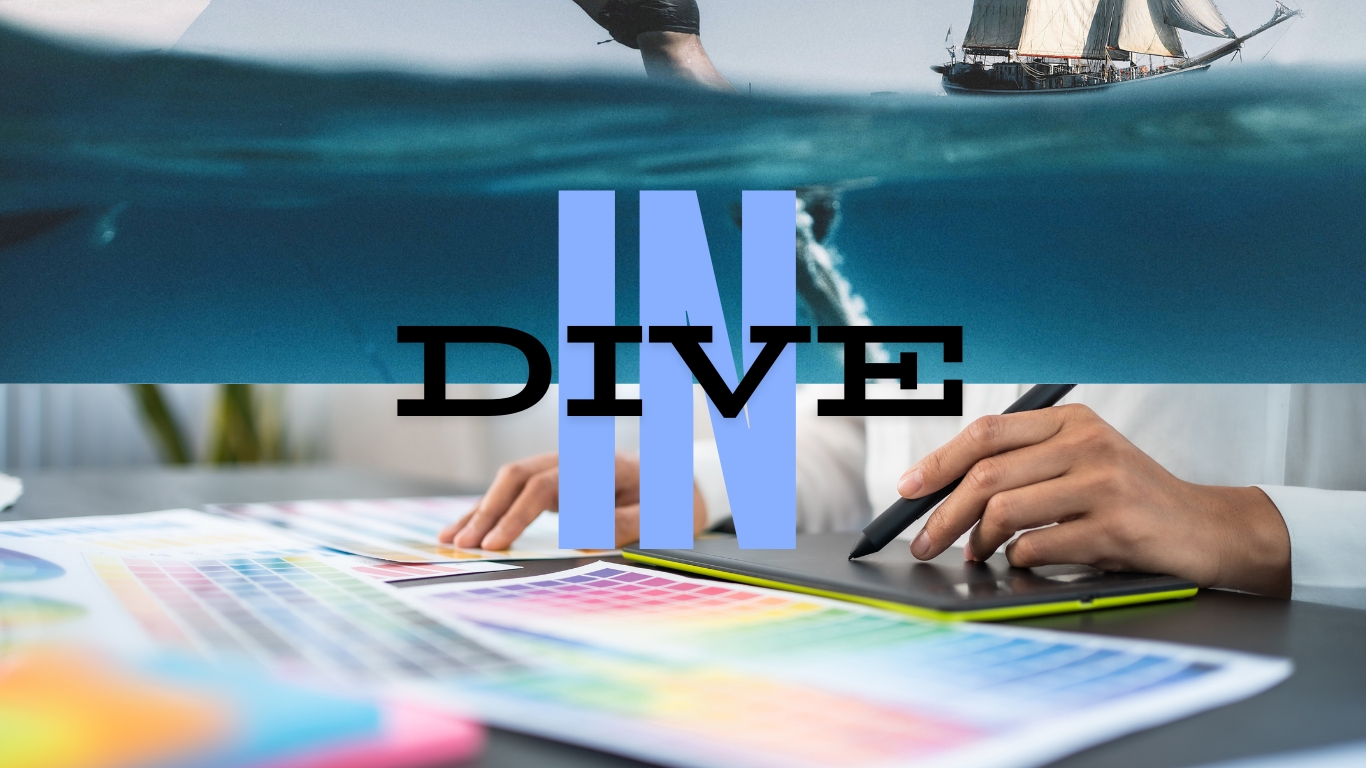What is Graphic Design? An Intro for Beginners

Graphic design is everywhere nowadays. It’s an essential part of the digital world. From social media brands to website architecture, graphic design is what makes a brand stand out. But what exactly is graphic design? How can you start creating stunning and eye-catching graphic designs for your clients?
What is Graphic Design?
Let’s start from the basics and see what you should know about it. It doesn’t matter whether you’re a mobile designer or a computer designer.
Graphic design is all about telling stories and sharing ideas visually. Whether it’s a social media post, a clean website layout, or a social media ad, graphic design combines words, colors, and images to grab attention and make information easy to understand.
Think of it like this: any time you’re using visuals to send a message or make an impression on someone, you’re essentially tapping into graphic design. That’s all!
Why Good Design Matters
Graphic design isn’t just for artists; it’s for anyone who wants to communicate effectively and leave a lasting impact. Here’s the purpose of creating a good design:
• Grab Attention: Whether online or offline, a well-designed visual stands out and gets noticed by everyone.
• Build a Brand Identity: Consistent use of color, style, and fonts creates a look that people recognize.
• Make Information Easy to Digest: Great design guides the eye, making complex information simple and enjoyable to read.
Imagine you’re posting artwork or a design on social media. Without a strong, eye-catching design, people might just scroll past. But with a sharp, thoughtfully crafted visual, they’ll likely stop scrolling and pay attention.
Tools You Can Use for Design on Computer and Mobile

If you’re having trouble choosing the best design tool, these options might help boost your workflow and confidence in your creative skills. There are plenty of user-friendly tools to consider for both computer and mobile:
For Computer:
• Canva: Perfect for quick, professional designs with its templates and drag-and-drop features.
• Adobe Photoshop: Offers endless options for detailed editing once you’re ready for more advanced work. Although the UI is slightly complex, once you get used to it, it will massively help you create gorgeous, professional-looking designs.
• Adobe Illustrator: Best tool for creating digital art and illustrations. You can easily make professional logos and stunning visual art with this tool, and the UI is quite simple.
For Mobile Devices:
• Canva Mobile App: Has most of the same features as desktop Canva, but optimized for your phone.
• Pixellab: A user-friendly mobile option for creating social media graphics, light illustrations, and visual art.
• Pixart: This is the best-optimized app for mobile graphic design. It has tons of useful features that help you create eye-catching visuals.
Each of these tools can help you design high-quality graphics, no matter what device you’re on. Most of them also have templates to make your starting journey a breeze.
Key Design Principles to Make Your Work Shine

Regardless of whether you’re designing on a computer or a phone, keeping a few principles in mind will make your work look more professional:
• Balance: Arrange your design elements in an optimal ratio so that everything feels even and visually stable.
• Contrast: Use different colors, sizes, and shapes to make key elements stand out against the entire theme and background of your project.
• Hierarchy: Guide viewers’ eyes to what’s important by making headlines or images larger.
• Consistency: Use the same colors, fonts, and style throughout your design for a cohesive look.
These principles are simple yet powerful. Following them will instantly make your designs look polished, simple, and purposeful.
Practical Tips for Both PC and Mobile Designers
Getting started is exciting, and with these quick tips, you’ll be on your way to creating awesome designs:
For PC Designers:
Learn Shortcuts: Shortcuts save time, make you more efficient, and greatly increase your workflow, especially with tools like Photoshop and Illustrator.
• Export in the Right Format: If you’re creating artwork, designs, or illustrations, you need to pick the right format for the project. Export as PNG or JPEG for quality, depending on the project.
For Mobile Designers:
• Use Templates: Mobile design tools come with tons of templates to help you create professional designs for your niche. You can create gorgeous designs by simply dragging and dropping.
• Focus on Quality: High-resolution images look great on all devices, so try to render at the highest quality possible.
• Sync Across Devices: Canva and Adobe make it easy to work on both your computer and mobile devices, thanks to cloud-based syncing. If you can pay for cloud storage and other premium features, using premium versions of these apps will increase your workflow.
So, Are You Ready to Dive In?

Graphic design is all about experimenting, learning, finding, and creating your unique style. Start with a tool you’re comfortable with on your computer or mobile device.
Also, try to explore what other creators are doing—what fonts and colors they use to make designs look consistent and polished. This will help expand your creativity, artistic sense, and thinking capabilities. It will also help you figure out which themes, colors, and fonts to add to your projects.
Remember, the more you create, the more you’ll develop an eye for what works and suits your style perfectly.

